What is charcoal?
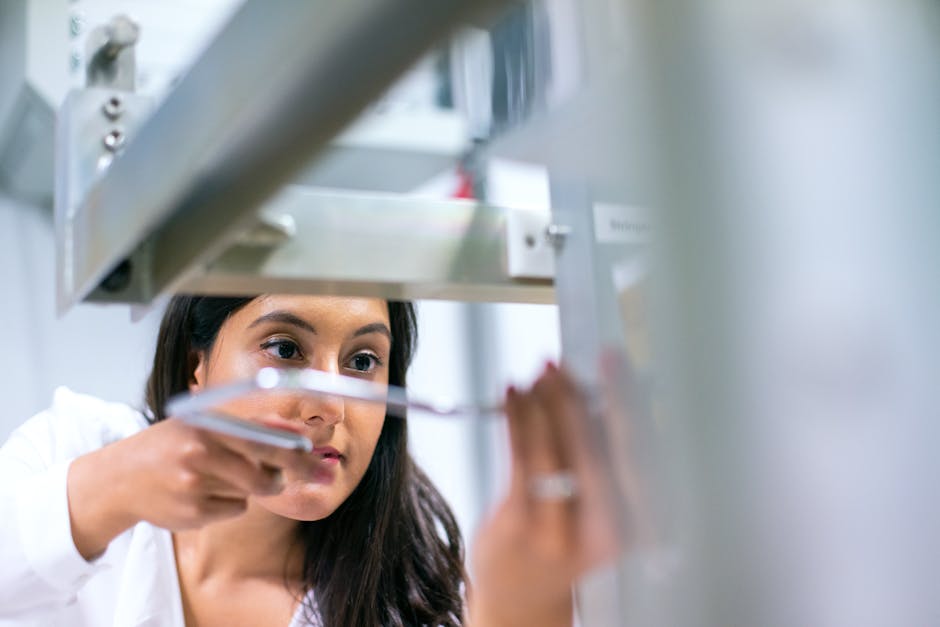
Charcoal is a carbon nutrient that you can make from various foods, drinks, scented candles, and trees. Once made, this carbon nutrient can be consumed directly or used as an ingredient in many other products.
What exactly is charcoalyness? How does it work?
Charcoal detoxifies your body by removing toxins which have been stored in dead skin cells and internal organs. This cleanser works slowly through its antimicrobial properties to eliminate toxic substances from within your body.
In order for these processes to take place, some mild exercise (such as walking) may be needed so your body can access the nutrients found in the bee pollen and wax crystals.
Many people feel better after using a charcoal facial cleanser because they see visible results. You can also measure how much cleaner your face feels to see that.
Charcoal production processes
There are many different ways to produce charcoal, and you can choose from the following methods:
Carbonization or Carbonate Process This is done mostly in underground ovens (also called carbonation furnaces). First, organic material such as wood is put into an outer container and placed inside of an enclosed building space. Once heated within the oven, CO2 gas is forced under pressure into the container. The increased temperature causes the decomposition of the material into coal-like particles. After some time, the heat is turned off, the chamber walls are cooled, and the char is then removed. What makes this process unique compared to other methods is that there’s no need to remove the byproducts like pyrolysis oil with Carbonator Systems.
Pyrolysis Oil Extraction Also known as ‘destructive extraction’, this method was used extensively prior to 1900. It requires large amounts of energy due to the combined effects of heating materials to very high temperatures and removing ash and water periodically. Both effects contribute to global warming.
Gasification A wide variety of plants and biomass feedstocks can be converted into gaseous fuels using atmospheric distillation/gasification. These include domestic and agricultural waste products, fossil fuel peat, forest residues, industrial waste fluids, sewage sludge, herbicide wastes, and ethanol precipitates. Gasification produces a clean combustion product stream consisting primarily of steam and carbon dioxide
Alternative fuels for charcoal

Recently, there has been increased focus on how to reduce carbon emissions globally. Many are aware of the effects that cars have on GHG’s (greenhouse gases). Unfortunately, many areas don’t have access to clean air pollution free transportation.
One efficient way to travel is by using organic materials like wood in your burner structure. Clean firewood can be obtained through treatment with activated charcoal or other chemicals. Once you have sufficient firewood to generate heat, it can be deposited into the methane digester or used for heating and cooking purposes.
There are several types of biomass energy production processes that can also be employed such as torching, liquefaction, combustion, thermal conversion, and anaerobic digestion. Some require only mechanical harvesting which reduces impact compared to traditional fossil fuel powered devices.
Biomass is widely available and is produced naturally, making it potentially sustainable resource. Biomass can be utilized directly as gas, liquid, or solid fuel. It does not require further processing when used as natural fuel. When processed appropriately, it can provide an opportunity to produce renewable fuel without causing environmental concerns.
Using charcoal for cooking

Several types of biomass can be converted to useful forms, such as woody biomass and herbaceous biomass.
Woody biomass includes hardwood trees, softwoods, nuts, and fruit seeds.
Biomass conversion technologies include gasification, combustion, and pyrolysis.
Charcoal is an intermediate product in all three processes.
In comparison with other methods, charcoal has many advantages: it is renewable, efficient at consuming carbon, doesn’t produce harmful emissions, and produces little slag.
Because it consumes carbon, charcoal is a way to capture CO2and store it safely without releasing it into the air.
Keeping charcoal clean
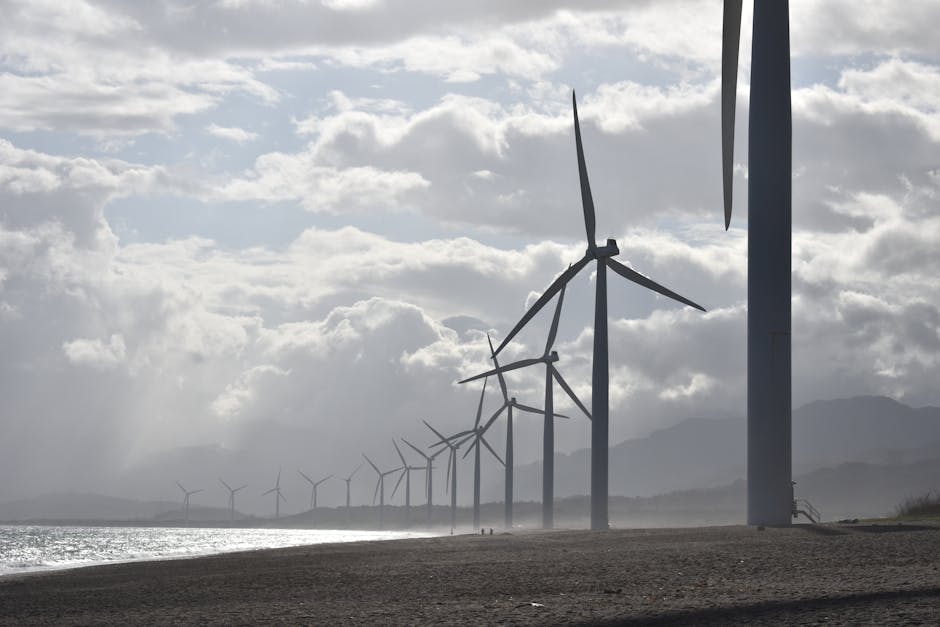
There are many ways to keep your charcoal clean, including building a fire in a chimney or using burned wood as fuel. Some of these methods can produce toxic fumes, so it’s important to understand them before trying to use this technique.
Most grills have built-in heating elements that are fueled by gas or electricity. They tend to be most efficient and produce little smoke, but they may not be able to burn certain fuels.
For example, you can use propane tanks to supply heat for commercial cookers, but there is no way to control the flow of air into the tank. You cannot control the direction in which the hot air flows.
Umbrellas made from ceramic are best suited for this application because they do not emit any heavy metals. However, they cost more than their metal equivalents.
These days, people make fires inside plastic buckets. Because the bucket conducts heat well, it quickly heats up. Adding ice reduces the amount of time it takes to make a heated beverage — great for keeping passersby awake!
This app lets you decide how much food you want to create and what size boiler you want to use. It then guides you through the process with video instructions.
Making your own charcoal
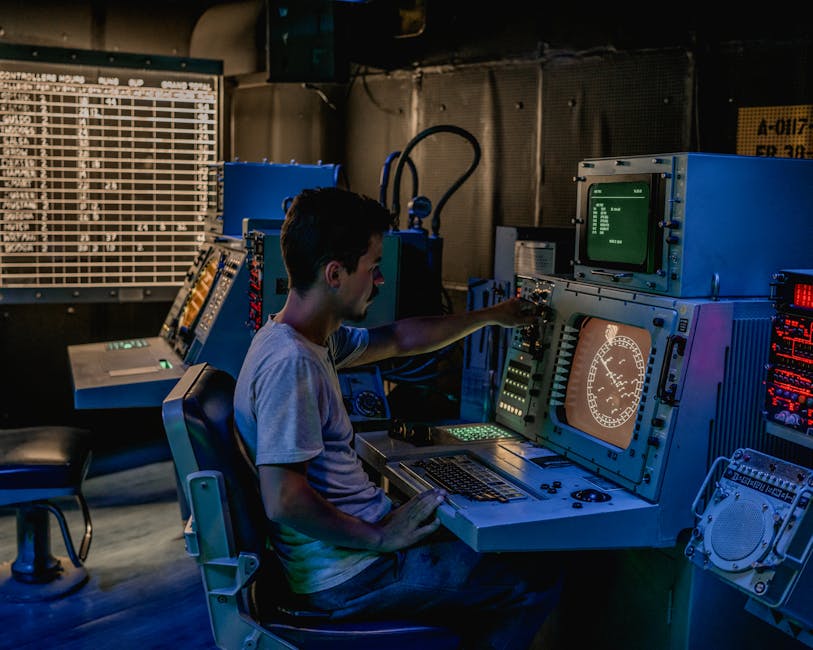
Historically, people made fire-starter from things like wood, sawdust, corncobs, or other kinds of matter to provide a way to make fire. However, these materials often were not available where they needed to be produced.
As a result, petrochemical fuels became popular because they worked well and was cost effective. Over time, though, there have been reports of harmful effects to using them.
Today, anyone can easily buy buckets of premade charcoal starter. The problem is that you need help to start a burn and maintain it once it’s burning.
There are some simple tools you can use to help you do this yourself, however. Batters for making clay pots work very nicely. Clothes pins are another nice tool to have handy when starting a burn. You can also get paper rolls with metal caps which serve as great fuel starters.
Selling charcoal
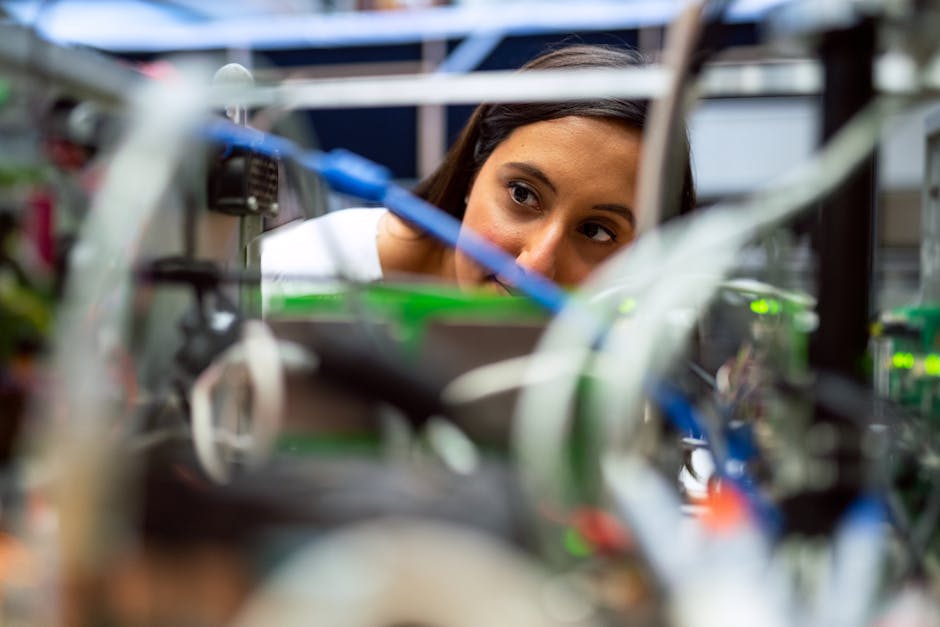
Once you have your materials together, they are time to start making sales by offering them for sale. There are many ways to go about selling your handmade products including setting up a table in a market, joining an online store, or publishing your own printed catalog.
Whatever method you choose, it is very important that you develop a plan before committing too much time and energy into marketing your business.
You want to make sure that any advertising effort will pay off in the long run, and research how others have integrated social media into their plans. You should also consider who your target audience is and what makes them happy – and then design your business around fulfilling those needs.
Charcoal can be expensive, so try to charge as much as possible. People love to invest money in quality food from home.
Charcoal storage

There are many ways to store homemade charcoal. The most common way is by using logs or wooden blocks that can be buried in your backyard.
You can also layer it with dirt, as this is non-conductive and helps insulate the material.
However, logging has its downsides. First, unless you have really thick trees, your log may be hollow. Also, soft woods may soak up the carbon monoxide (CO) in your exhaust gas, leaving only solid chunks of wood.
Finally, if you live in a area prone to flooding, make sure your chosen method for storing fuel is well-ventilated. You don’t want standing water to form around undisturbed deposits!
Know your source
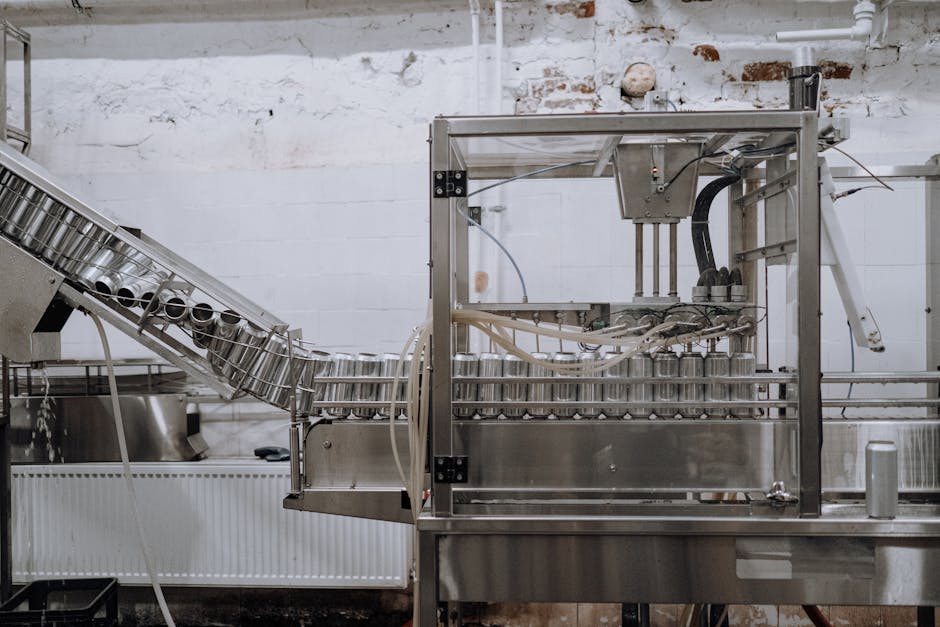
Many people are familiar with printed books, audiobooks, e-books, and movies. However, not many people know that charcoal production is an important component of creating each of these products.
The quality of the fuel you use to make your own charcoal can have an impact on its performance as well as how it looks. Here, we will discuss what makes for good charcoal fuels, why they are used, and some ways to harness them.
A basic knowledge of combustion processes helps us here; there’s no getting around the fact that this is about heat transfer and loss methods. These functions play a significant role in the way fires burn, making it necessary to understand how both surface and conductive heats transfers occur.